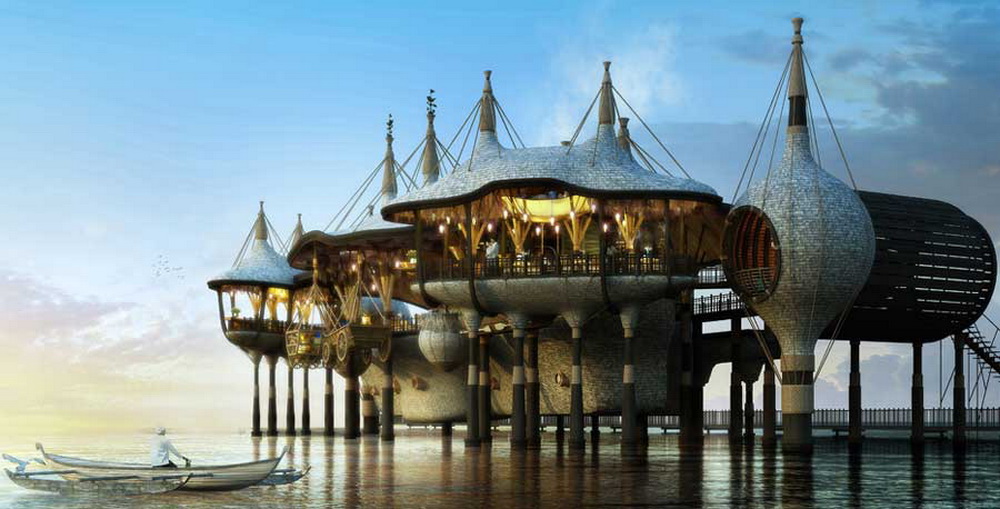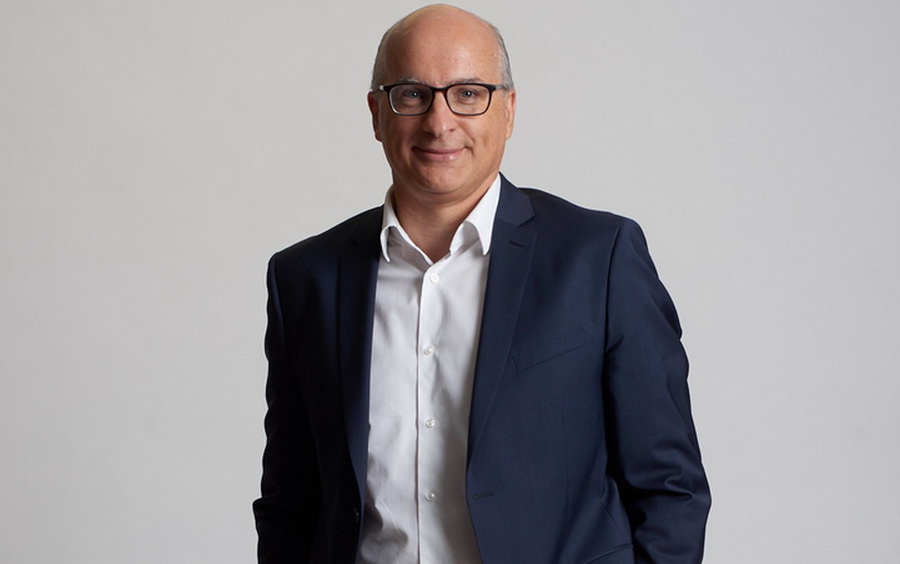 Recently we reported that Singha Estates had signed a deal with Jalboot to run the marina within the company’s Crossroads project in the Maldives. So I spoke to Dirk De Cuyper, the chief hospitality officer of S Hotels & Resorts (SHR), to discuss the project, Singha’s strategy, and today’s travel habits.
Recently we reported that Singha Estates had signed a deal with Jalboot to run the marina within the company’s Crossroads project in the Maldives. So I spoke to Dirk De Cuyper, the chief hospitality officer of S Hotels & Resorts (SHR), to discuss the project, Singha’s strategy, and today’s travel habits.
TD: Like many hoteliers you have travelled half the world before finding yourself in Asia – how did you make your way to APAC?
DDC: I was born, raised and educated in Belgium. I started an independent luxury hotel in Brussels before moving on to join with Hilton. After a few years, my boss at Hilton told me it was time to move on and asked me where I would like to go. I had always wanted to come east but when I said to him I wanted to go to Asia, he replied ‘No, first you must go the other way’.
So, after two years in New York, I then had the chance to come to Asia. First I went to Kuching and Kuala Lumpur in Malaysia; then on to Hua Hin in Thailand; Sanya and Shanghai in China, before coming back to Thailand, by way of French Polynesia, to take up a regional role. Three years ago I left Hilton and joined Singha.

What prompted the move to S Hotels & Resorts?
After working in the hospitality industry, I had always been intrigued by the “other side” – that is, the industry from the investors’, owners’ and shareholders’ points of view.
I had never really thought about it seriously until Singha approached me and explained their vision, and I was fascinated and impressed with the way the laid out the strategic approach of how they wanted to build up the company.
S Hotels & Resorts was conceived as a way of growing the recurring income to Singha Estates, alongside the one-off [income] from Singh Residences, to help create the cash flow for the company.
“Quality settings in sustainable environments”
The strategy for SHR was to go out and find, then buy, hotels and work with our partners to install management. Ultimately, we are a premier hotel investment company which also manages resorts and for us it’s about crafting quality settings in sustainable environments.
What challenges did you encounter in the transition from the hospitality side to the business of travel and tourism?
The learning curve was very steep but you get exposed to the best of both worlds. I was very keen to understand the investment point of view: how to develop and diversify the business, finding the best partners to work with.
I had to remap my own thoughts from the task of the meeting and greeting of guests. It was challenge but it was also something I wanted and I enjoyed the educational process.
“We have made the strategic decision to focus on four-star resorts”
What do you look for in a partner hotel?
We have made the strategic decision to focus on four-star resorts with a global vision, as we want to be as geographically diverse as possible.
This is in order to spread the possibility of risk – after all, in the resort business anything [such as natural disasters] is possible and having that wide spectrum of property types in our portfolio spreads the chances of risk around. Look at the global travel and tourism market and the numbers are huge; it contributes nearly 7.9 billion US dollars a year to global revenue.
This geographic diversity can also address the needs of millennial travellers, as the way they travel is different. They they like to explore and are hungry for more and more destinations. In particular, they like to have unique experiences instead of just staying in the resort. With the world becoming smaller and smaller, with even remote regions becoming more easily accessible, investing in resorts all around the world makes sense.
You recently purchased six Outrigger resorts in Asia; what’s the story behind the acquisition?
Well it fits completely with our overall plan to acquire tourist destinations which have the potential for growth. We are very much focused on islands and Outrigger is all islands.
We had a long-term working relationship with them and we had also discussed buying the Asian portfolio from the owners. Because Outrigger are into Hawaii and US locations, with our expertise in the Asian market they felt it would be a good fit for us to invest in their portfolio and give the properties a lift. We shall see how it all works out in the near future.
How is the Crossroads project going?
Crossroads is going to be a fully integrated resort in the Maldives; we have a Hard Rock Hotel Maldives and a Curio Collection by Hilton — all connected to Crossroads Island via footbridge — as well as a Maldivian cultural centre, a private marina for super yachts and a water sports centre in situ, it’s somewhere guests can go and not feel confined to a single island.
Hard Rock Hotel Maldives and a Curio Collection by Hilton connected to CROSSROADS Island via footbridge, whilst all the rest of the features mentioned are located on the CROSSROADS Island: Hard Rock Cafe, Café del Mar, marina, shops & restaurants, Maldives Discovery Center, dive center, etc
It’s a very different style of from what you would usually expect from a resort. It’s a bold statement, designed by Bill Bensley. And we are very confident it will be a success when it opens at the end of this year.



 share
share








































